Why an Employee Recognition program is Key to Understanding Safety Culture.
Understanding what influences the culture of your organization can make a significant contribution to changing employee attitudes and behaviors in relation to workplace health and safety. For a safety culture to be successful it needs to be led from the top—that is, safety culture needs to be embraced and practiced by the CEO and senior managers.
Strong leadership and management commitment is directly related to safety performance as it demonstrates by example to employees what actions will be rewarded, tolerated, or challenged, which in turn influences what actions and behavior employees initiate and maintain.
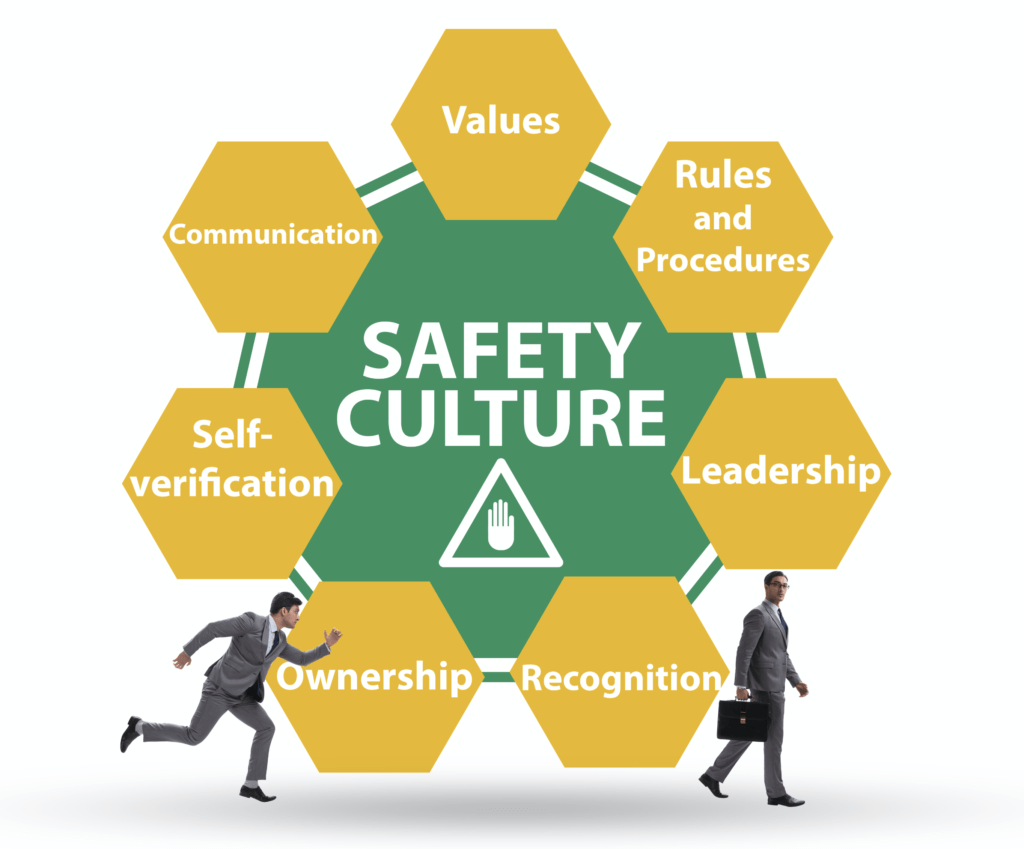
What is a safety culture?
A safety culture is an organizational culture that places a high level of importance on safety beliefs, values, and attitudes—and these are shared by most people within the company or workplace. It can be characterized as ‘the way we do things around here’. A positive safety culture can result in improved workplace health and safety (WHS) and organizational performance.
As a safety leader you should ask yourself?
- How important is safety?
- Is safety important most of the time, or all the time?
- Is it okay to compromise on safety if it’s going to be more expensive?
Companies that want to have a positive safety culture, which everyone owns, should develop, and promote managers with the right knowledge, skills, and attitudes to successfully undertake the responsibilities of safety.
Listed below are nine broad behaviors, or culture actions, that are considered essential to the development of a positive safety culture:
1.Communicate company values
Relate behaviors, decisions and attitudes that are expected, supported, and valued by the company.
The real message for any safety values approach is safety first. Safety should become a part of your everyday values and action, and not be seen as an ‘extra task’.
Messages can be communicated and embedded via company work health and safety policy statements, safety posters, toolbox talks, ‘walk-arounds’ by management, regular reinforcement by all ‘non-safety’ managers or any other corporate communication method used by the organization.
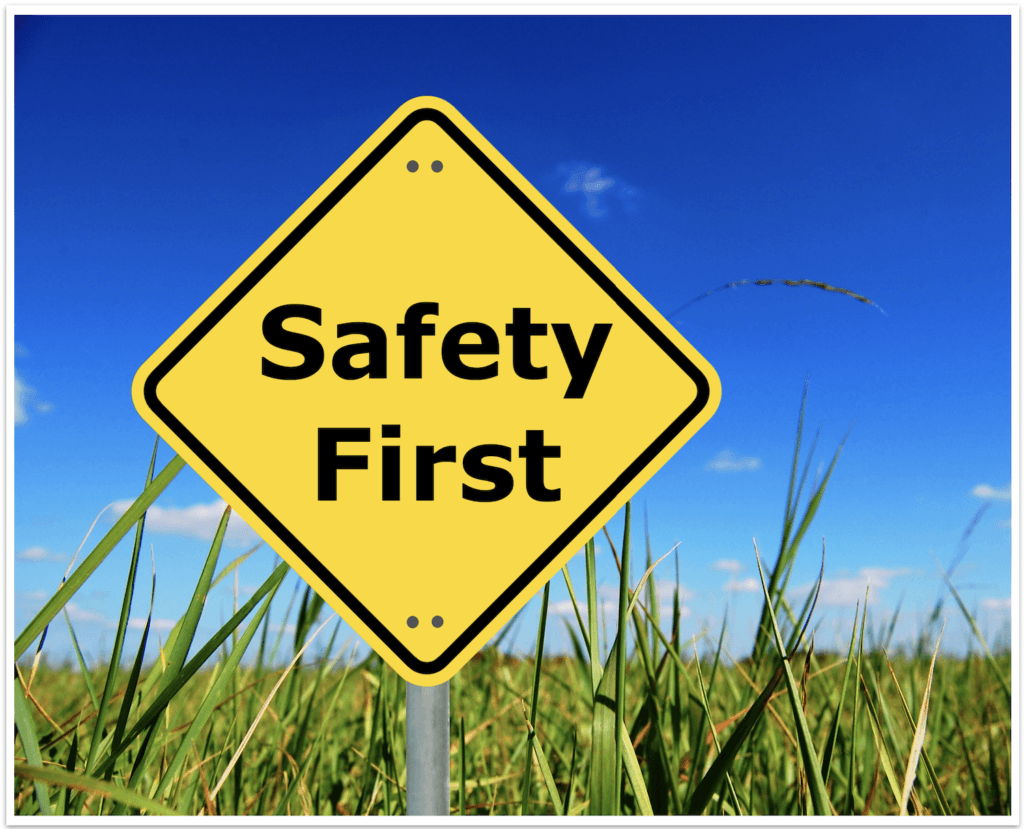
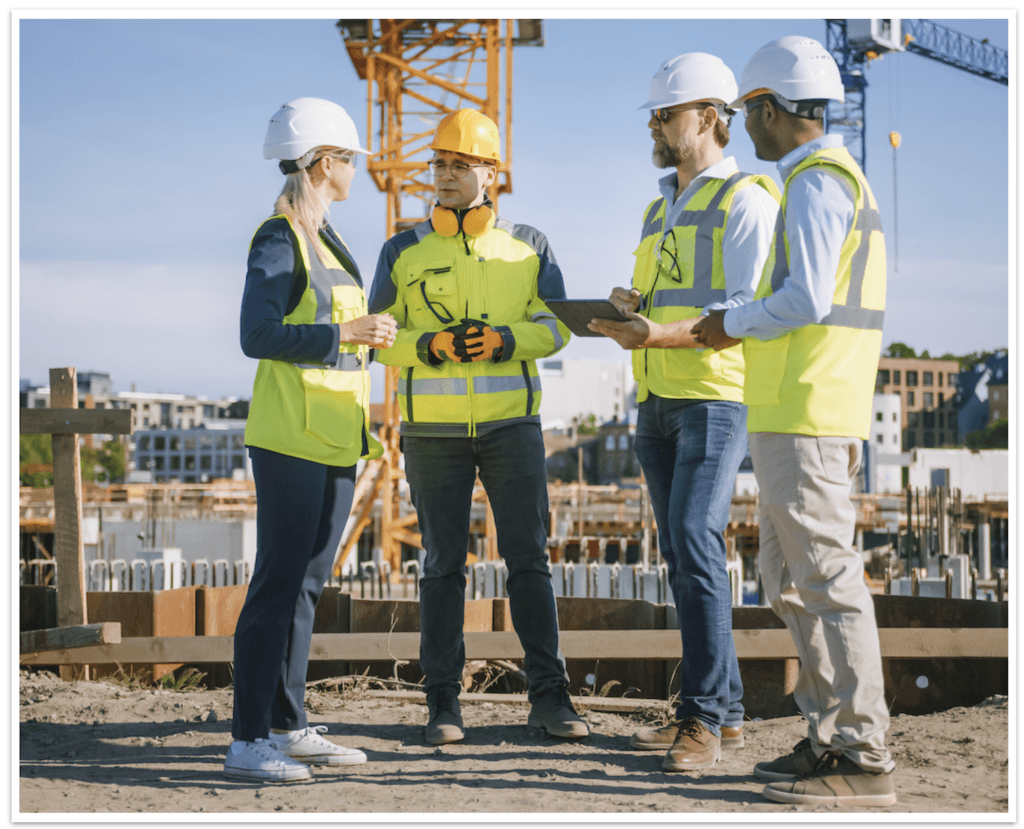
2. Demonstrate Leadership
Act to motivate and inspire others to work towards achieving a particular goal or outcome by sending clear and consistent messages about the importance of work health and safety.
Leading from the top down can be demonstrated by conducting on-site walk throughs, asking questions, and listening to responses / leading by example through:
- Conducting periodic checklist inspections.
- Conducting periodic BBS observations.
- Attending periodic JSA meetings or conduction JSA verifications.
- Conducting periodic toolbox talks / HSE meetings where challenges are communicated.
- Reviewing Lessons Learned, Audits & Hazard Hunt findings / action lists.
- Reviewing incident learnings and training status KPI’s at the facility level.
3. Clarify Required and Expected Behaviors
Clarify to immediate employees the specific behaviors required and expected of them. Develop and standardize behaviors and actions by clearly communicating via:
- Personal example through use of SMS tools as described above.
- Emails.
- Memos.
- Informal conversations.
- Toolbox talks.
- Other communication processes used in your company.
- Addressing inappropriate behaviors, action, or lack of action.
- Reinforcing appropriate behaviors and actions with praise or thanks.

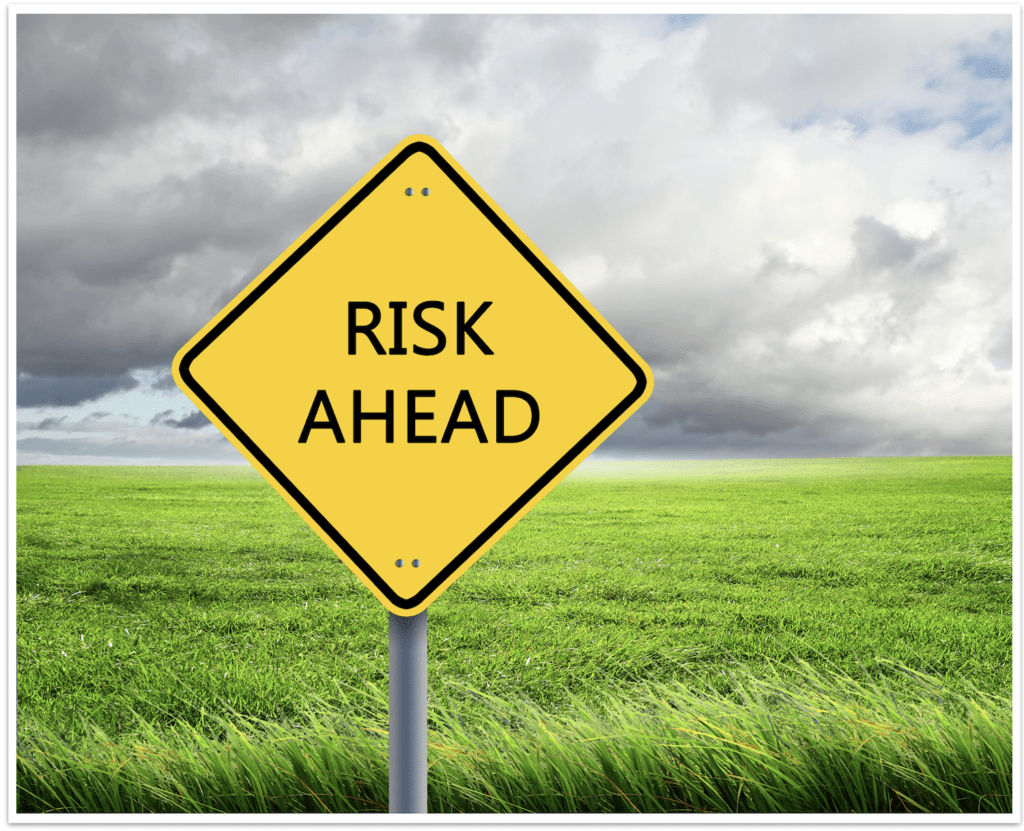
4. Personalize Safety Outcomes
Make work health & safety more obvious, relevant, and emotional for the individual to personalize their role in preventing and eliminating risks and hazards.
Managers can personalize the impact of an employee injury or death by communicating:
- The personal impact of the risks of a process or distinct task when an individual is injured or becomes ill; or if his or her actions (or lack of them) cause injury, illness, or death to a workmate.
- Why it is important to the individual and the project that employees ensure their own safety and health and that of others.
- The behaviors your company expects everyone to consistently adopt.
The impact of an injury or fatality can be personalized, by relating that incident, is not just an anonymous statistic reported in annual workers’ compensation reports, but a workmate who has a name, a partner, children, parents, and siblings.
Emphasize that your industry still has far too many avoidable injuries and fatalities, and that in some work health and safety jurisdictions, individuals may be held accountable under reckless conduct or workplace death provisions. Consequences of this accountability could include heavy fines and/or imprisonment.
5. Develop Positive Safety Attitudes
Foster the development of attitudes and beliefs that support safe behavior.
The significance of ‘driving down’ the safety culture to the shop floor or worksite, where the risk exposure is the greatest, cannot be overestimated. Companies that encourage managers, employees, and subcontractors to challenge unsafe behaviors and attitudes in others, and to also recognize and encourage those who have shown a positive attitude towards safety, will maximize the likelihood of positive attitudes and beliefs becoming shared values, resulting in a positive safety culture.
By developing positive behaviors and encouraging open and informed conversations, managers are creating an environment where it is OK for anyone to challenge unsafe behaviors and attitudes in others. The absence of safety policies and procedures or a lack of commitment to safety makes it more difficult to develop and maintain a positive safety culture.


6. Engage and Own Safety Responsibilities and Accountabilities
Increase input, actions, and involvement in the safety management process by individuals.
At a safe workplace people will:
- Understand what they need to do and why they need to do it.
- Think about what they are doing before they do it.
- Look for hazards proactively and manage risks before they cause harm.
- Take care of hazards themselves without needing policing.
- Believe they are responsible and accountable for making sure that they and their workmates remain healthy and safe.
- Follow workplace rules.
7. Increase Hazard/Risk Awareness and Preventive Behaviors.
Increase the individual’s understanding of the work health and safety outcomes associated with their decisions, behaviors, and actions.
Meaningful two-way communication is key to heightening hazard and risk awareness as it enables necessary preventive behaviors to be generated among employees and contractors.
Proactive identification and controlling of hazards & risk exposure are required under work health and safety laws but are also cornerstones of a productive safety culture that take safety beyond legal compliance.

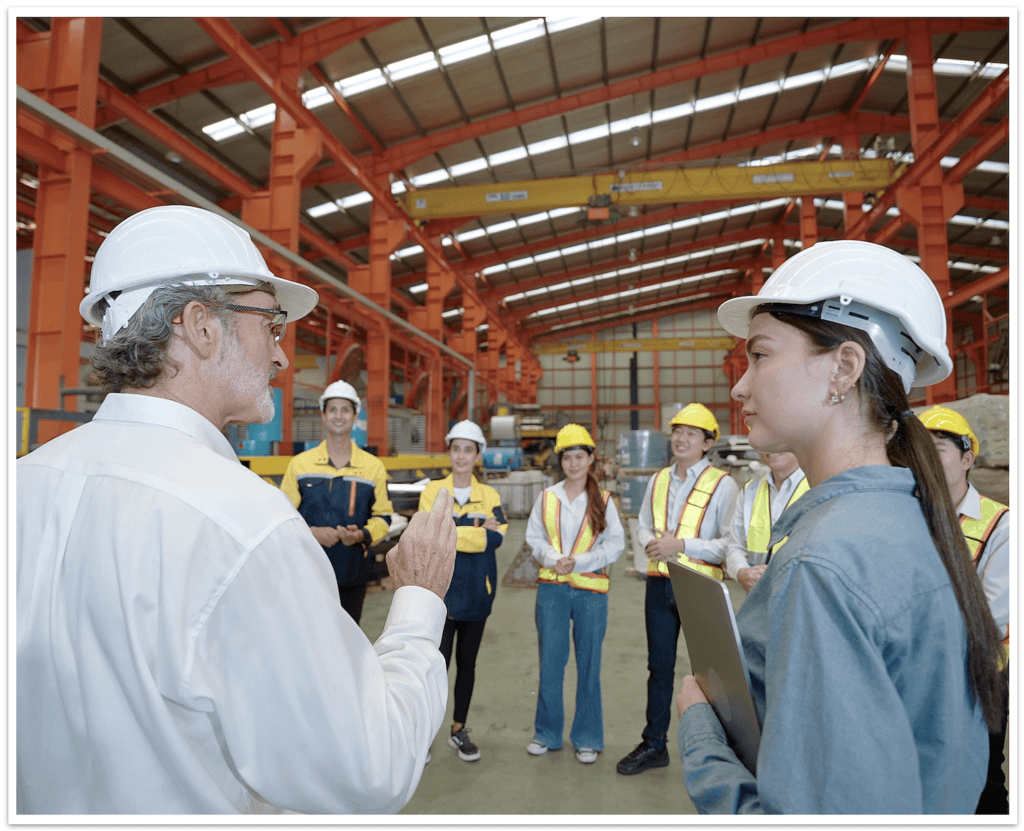
8. Improve Understanding and Effective Implementation of Safety Management Systems.
Enable individuals to increase their knowledge of specific ways in which hazards are managed, as well as their ability to apply and implement the actual Workplace Health & Safety (WHS) processes.
Senior management can improve their WHS knowledge by getting involved with the people who are doing the actual work or specific tasks. Increased knowledge should result in:
- The ability to identify unsafe work practices and unsafe behaviors.
- The ability to do things better (e.g. safer work methods based on continuously improved JSAs or SWMS)
- The ability to problem solve to achieve safer work practices and safer behaviors.
Companies can demonstrate their commitment to safety by having senior managers periodically on-site and taking an active interest in work health and safety. This can develop engagement and ownership of safety responsibilities and accountabilities.
9. Monitor, Review and Reflect on Personal Effectiveness
Frequently use various sources of information to gain feedback on the effectiveness of culture actions and other safety related behaviors.
This culture action will enable you as a safety leader to fine tune and continually improve your ability to complete the other eight listed culture actions, using various sources of information and communication to gain feedback on the effectiveness of culture actions and other safety-related behaviors.
Leadership style is also important in developing and maintaining a positive site safety culture.

Central to any leadership approach is the ability to foster good relationships with other managers and the workforce. Better relationships increase the likelihood that people will behave in a way that will achieve the safety goals articulated in the company values. If senior managers have good relationships with their employees, contractors, and subcontractors, and they behave in a manner that promotes working safely, workers are more likely to behave safely. For positive relationships, seek to develop a style that promotes close involvement with workers to build trust and respect, while still maintaining authority and adherence to the safety processes.
Having in mind the above 9 culture actions We have developed an Employee Recognition Program that can help organizations to create a positive safety culture. You’ll be amazed to see just how involved & engaged your employees become once you start with the recognition program. It will promote safer behavior, better engagement in the field, and reduce your risk in all areas.
Watch the following short video to see the main features.